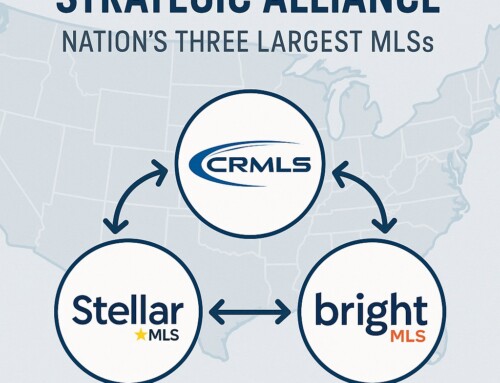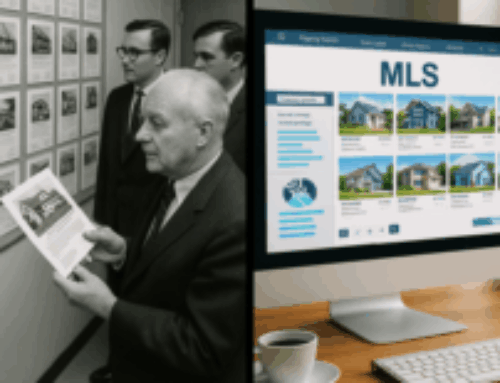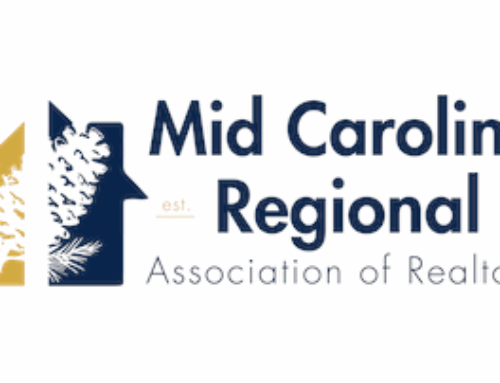When you hear a buzz word like “customer-first mindset,” it is easy to nod along and say, “Oh yeah, we love our customers,” and not really understand the implications and applications of being truly customer-first.
Clootrack surveyed over 102 customer experience experts in a recent study that looked at the importance of the customer experience as a key differentiator for successful businesses. The second biggest challenge these experts pointed to, for organizations improving the customer experience, was this idea of a customer-first mindset. One of those experts, Ian Golding, CEO and founder of Customer Experience Consultancy Ltd, summed up the customer-first mindset this way: “Despite organizations ‘talking’ about the customer experience more and more over the last ten years, many still struggle to separate what they DO from what the customer actually EXPERIENCES. This represents the difference between organizational processes and the customer journey.”
You see, delivering good customer experience is not about setting up the most efficient business processes or doing things “better.” A customer-first mindset requires every department to look at the products and services from the customer’s perspective. The first step in that effort is getting the customer’s feedback. That is why our new Customer Experience Index was designed to gather feedback not on just the obvious customer-facing aspects, but on all the parts of an MLS that affect the customer.
Once you get that feedback, you can apply it to your organization and look for ways to modify the products and services you provide to improve the customer experience. One of the key areas we see come out in our research with MLSs over the years is the investment in lead generation sources and tools. This area tends to have the highest gap between importance to the customer and execution by the MLS. Closing the gap in a customer-first approach usually takes a coordinated effort of several departments, including customer support, technology and training. To do that, you need to be getting customer feedback about all those aspects of your organization, so that you can ensure one department is not undermining your efforts in the other departments.
Sometimes efficiency, or even necessity, just happen to align with improving the customer journey. We have seen some examples of this in the MLS industry as a result of the pandemic, such as the adoption of remote committee meetings and agent training. The MLS is more efficient, and more customers are able participate in the process and feel represented. Even then, you don’t know that is the result until you ask.
But most of the time, moving to a customer-first mindset needs to be an intentional process, guided by insights from the customers themselves. Otherwise, it is the tendency of all organizations to optimize just for efficiency, regardless of the customer impact. The Customer Experience Index for MLSs was created with this in mind. It looks at seven key areas of the MLS organization and then leverages peer-to-peer perspectives to help participants put the customer first. Find out more about the Customer Experience Index and how to get started now.




